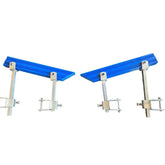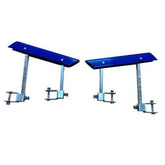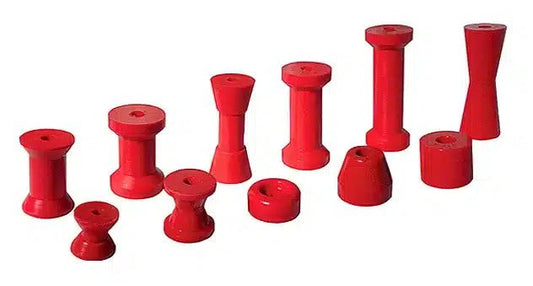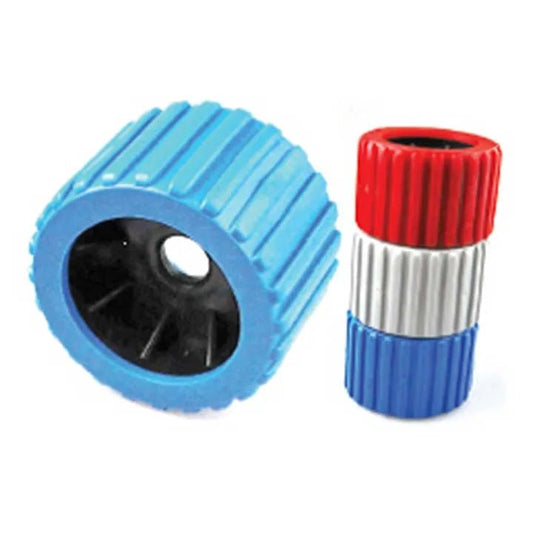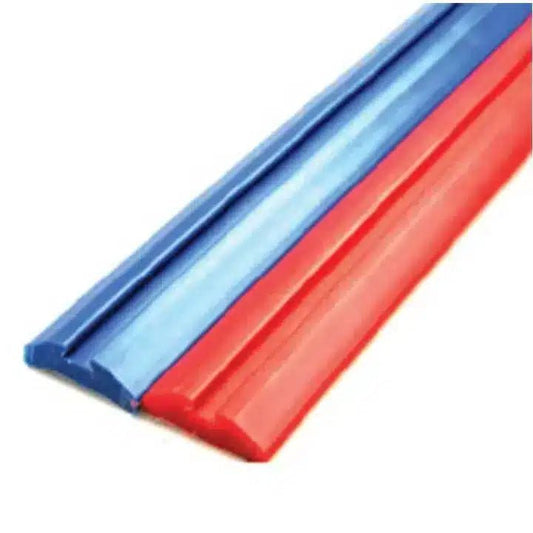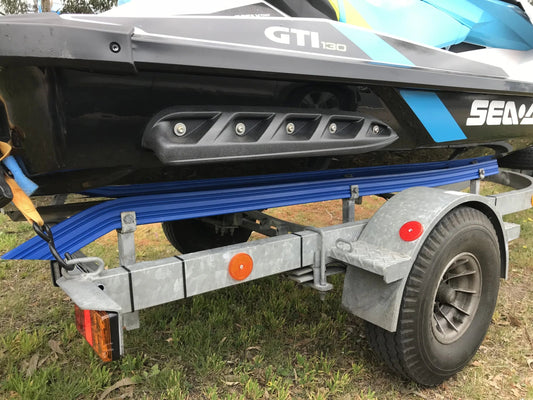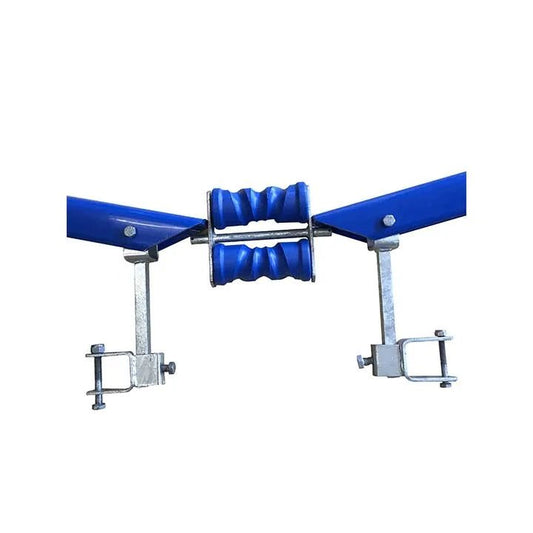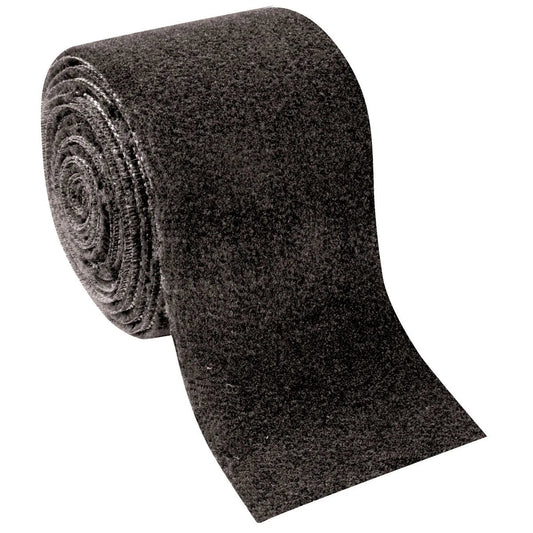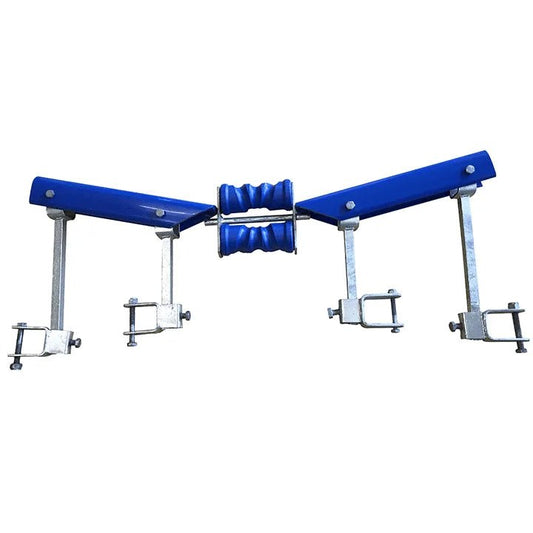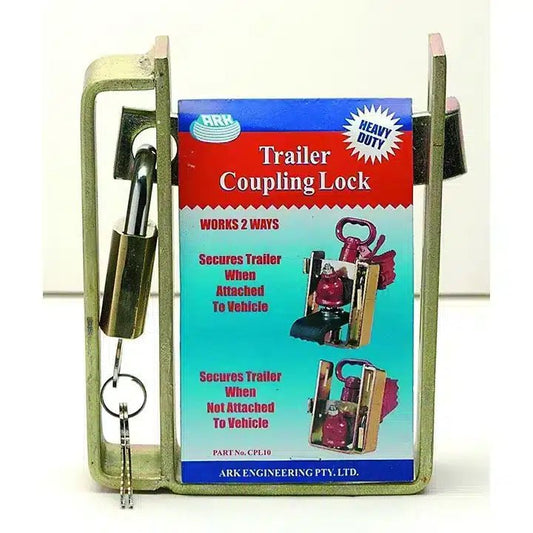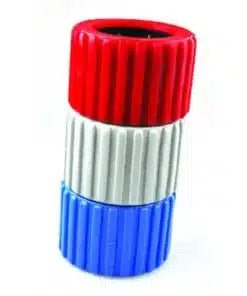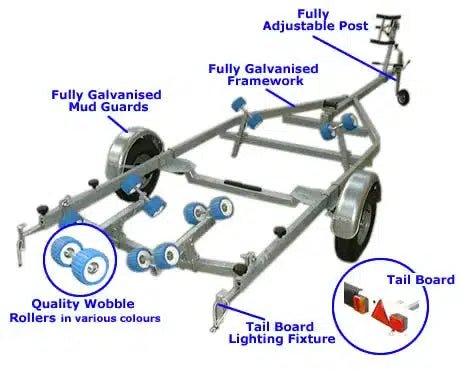Close
Sidebar
Blog Categories
RECENT ARTICLES
Why Are Red Soft Poly Rollers Used On Fiberglass Boat Hulls
03 February 2022
What Is The Difference Between Colours In Boat Trailer Bunks & Skids
18 September 2019
How To Install Boat Trailer Self Center Glider V Kits
18 October 2017
Featured Products
500mm Boat Trailer Glider Kit Large - Self Centering V Kit Blue
Self Centering Boat Trailer Kits.
Drive-On Boat Trailer Kit.
Easy DIY Installation.
Multiple Sizes & Styles Available.
Australian Made Plastic.
45 reviews
- $185.00
$225.00- $185.00
- Unit price
- / per
400mm Boat Trailer Glider Kit - Self Centering V Kit Blue
Self Centering Boat Trailer Kits.
Drive-On Boat Trailer Kit.
Easy DIY Installation.
Multiple Sizes & Styles Available.
Australian Made Plastic.
10 reviews
- $180.00
$220.00- $180.00
- Unit price
- / per
500mm Boat Trailer Self Centering Kit Blue
Self Centering Boat Trailer Kits.
Drive-On Boat Trailer Kit.
Easy DIY Installation.
Multiple Sizes & Styles Available.
Australian Made Plastic.
10 reviews
- $185.00
$225.00- $185.00
- Unit price
- / per
400mm Boat Trailer Self Centering Kit Blue
Self Centering Boat Trailer Kits.
Drive-On Boat Trailer Kit.
Easy DIY Installation.
Multiple Sizes & Styles Available.
Australian Made Plastic.
9 reviews
- $180.00
$220.00- $180.00
- Unit price
- / per

